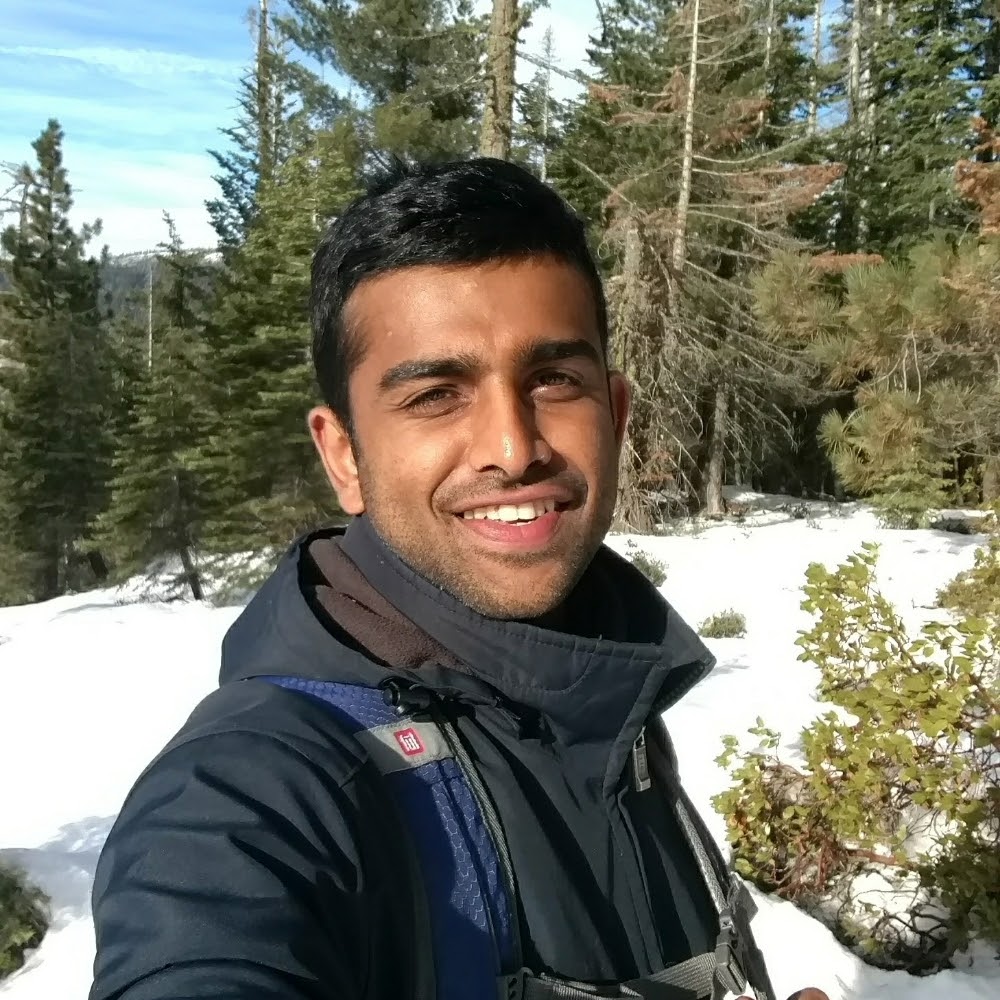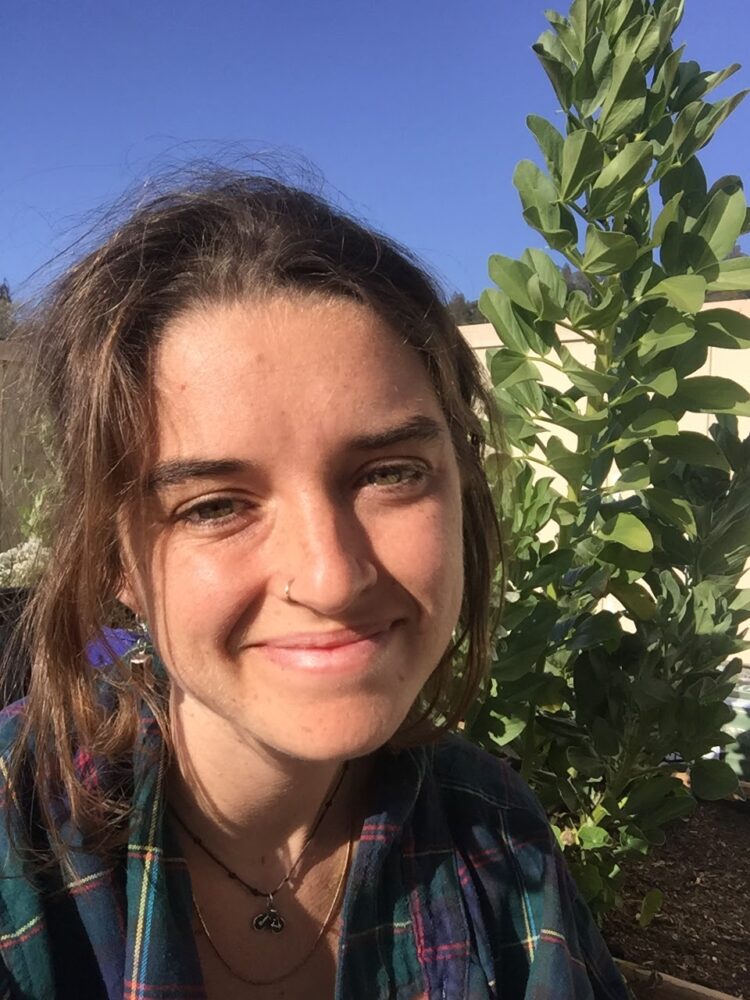Sydney Booth
The Pennsylvanian (323–299 million years ago) is a very unique time interval in Earth’s history. The Pennsylvanian tropics have one of the best plant-fossil records due to coal balls. These are carbonate nodules containing anatomically preserved fossil peat—deposits of partially decomposed plant material (Schopf, 1975). The Phillips Coal Ball Collection (PCBC) is one of the largest paleobotanical datasets in existence, containing 50,000 coal balls and 500,000 coal ball peels—thin, acetate sheets. From the peels, 800,000cm2 of plant material have been microscopically analyzed and identified at a tissue/organ level. While these […]
Yuming Huang

Geometric flows, such as the Ricci flow, Yang-Mills flow, and harmonic map flow, are natural ways to smooth out geometric objects (metric, connection, and maps, respectively). In this project, we will explore the idea of using geometric flows to develop new analytic tools for studying geometric objects. A possible goal of this project is to use geometric flows to solve problems in dispersive PDEs that involve geometric objects.
Sulaiman Alvi

The question I aim to answer this summer is whether quantum machine learning can provide an advantage over classical machine learning techniques for certain high energy physics applications. Analyzing data from particle collider experiments involves distinguishing signal events, which correspond to the particle physics of interest, from background events. Currently, classical machine learning techniques are used to tackle many of these classification problems. However, these techniques often require large amounts of data to classify with a high degree of certainty. In the growing area of anomaly-detection searches, datasets may be […]
Gabriel Perko-Engel

Justin Nelson

Fertility in women and across mammalian species requires a series of temporally coordinated neuroendocrine events by the circadian system in the brain. Disruptions to circadian timing across mammalian species from stress or environmental factors result in irregularities in the estrous/menstrual cycles, reduced fertility, and increased miscarriage rates. The proposed studies examine the role of neuroendocrine signaling events and circadian timekeeping in ovulation. Across mammalian species, ovulation requires timed neuroendocrine events organized by the master circadian pacemaker in the suprachiasmatic nucleus (SCN). Evidence points to E2-sensitive kisspeptin (Kp) neurons, potent stimulators […]
Julia Nicholson

Groundwater is essential to ecosystems in Sierra Nevada meadows. Flora and fauna depend on groundwater cycles for a reliable source of water. Climate change is expected to disrupt groundwater supply, so understanding precisely how groundwater responds to temperature change, and how groundwater affects surrounding flora is an integral part of protecting meadow ecosystems in the face of climate change. This summer, I will develop a mathematical model to analyze time series of meadow groundwater, in order to study the relationship between groundwater and the ecosystems it fuels. I will study […]
Zaid Ahmad
I’m interested in developing computational methods to quantitatively describe the impact of natural selection on various traits and genes expressed in modern human populations. Detecting and inferring natural selection is central to understanding how populations of individuals have evolved over time. Advances in next-generation genomic sequencing technologies have made it possible to extract high-quality DNA data from ancient relics such as fossils. Specifically, I want to understand how this ancient DNA data can help us detect selection, and I’ll also be testing methods that I develop with real ancient DNA […]
Nicolas Anderson

1.1 billion years ago, Laurentia, the Craton which makes up majority of modern North America‚Äôs landmass, was rifting apart in the Lake Superior region and growing in the American Southwest. Both of these processes produce magma. As magma cools, the magnetic minerals within align with Earth‚Äôs magnetic field and these alignments can be used to determine the age of a rock (paleomagnetism). Similarly, small crystals formed within the magma can also indicate a rocks age (geochronology). There is a likely connection between the locations due to similar timing of emplacement […]
Orion Ning

Quantum field theory (QFT) — a theory describing subatomic particles as excitations of fundamental ‘fields’ — has long been established as the de facto framework for modern particle physics, yet it remains a topic riddled with open problems. Interacting QFTs in higher dimensions, particularly 6D, is one such problem, motivated by string theory, a highly theoretical mathematical model attempting to describe all of nature. These interacting QFTs have Lagrangians (precursors to ‘equations of motion’) that can probe M5-branes, which are objects of fundamental interest in string theory. However, the Lagrangians […]
Novia Kayfetz-Vuong

In Ecuador, the Epipedobates clade of poison frogs (Dendrobatidae) have speciated in different climate zones (Tarvin et al., 2017). Poison frogs are aposematic; they possess colorations and markings that serve to warn predators of their toxic defenses. Determining poison frog species can be difficult due to aposematism, as possessing different color and marking patterns does not necessarily indicate a separate species (Tarvin et al., 2017). Thus, genomic level studies are necessary to understand ongoing gene flow, i.e., the introduction of genetic material from one species to another through interbreeding. Advances […]